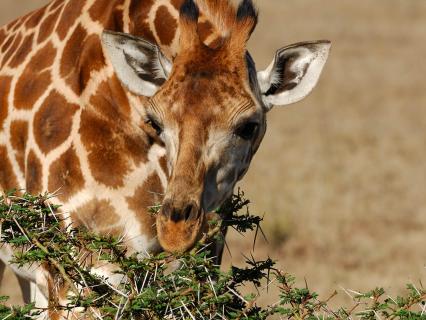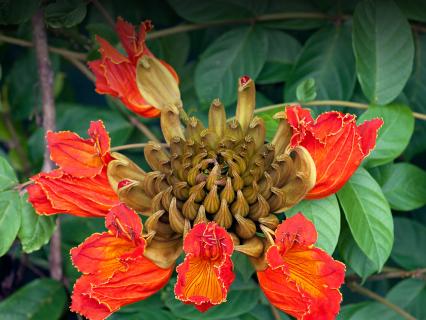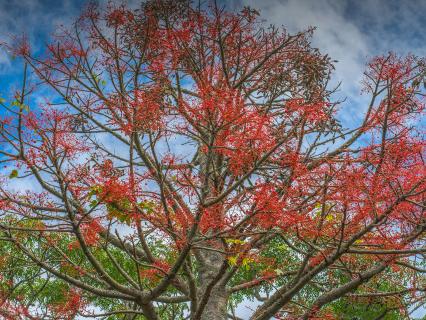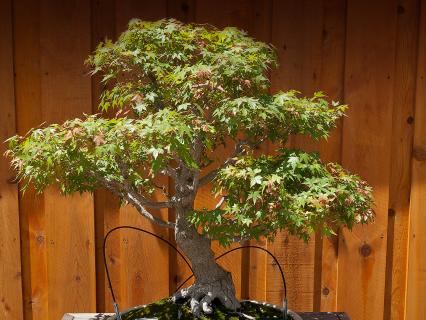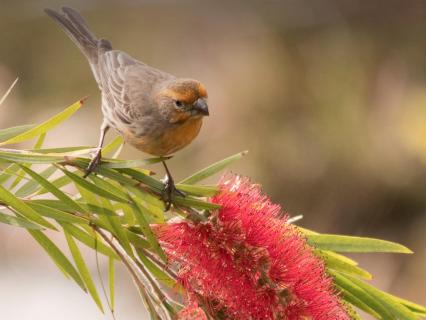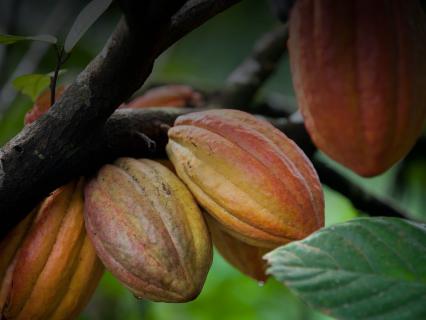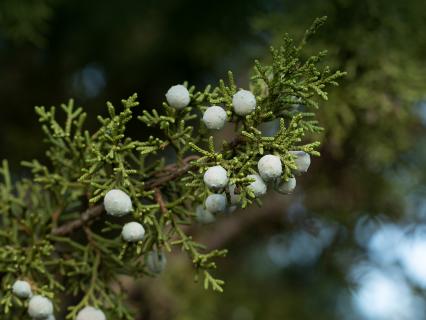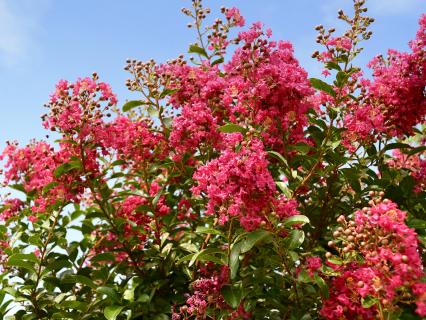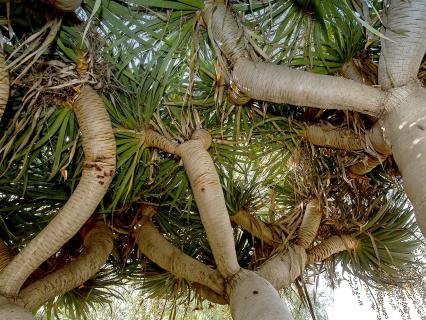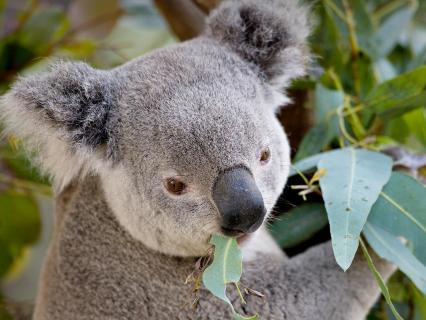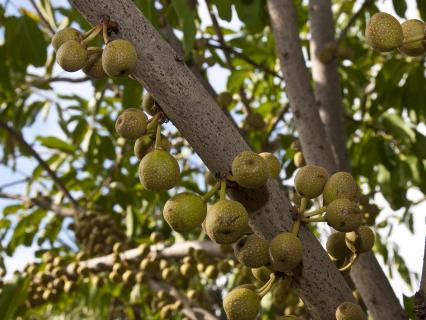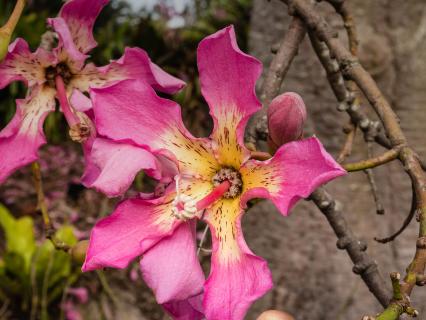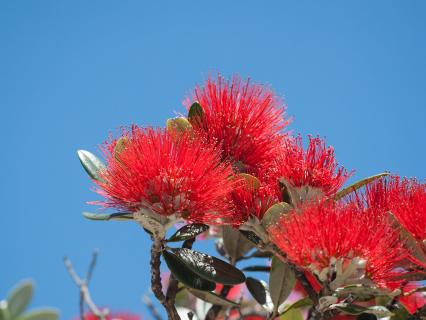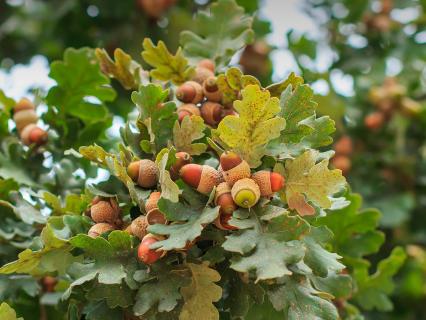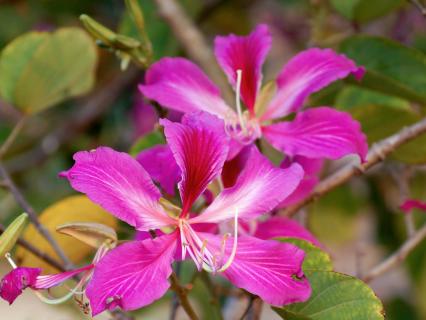
Trees
Defining Characteristics:
Elongated woody stem, called a trunk, that lives for many years
Trunk is at least 3 inches (7.6 centimeters) in diameter at a point about 4 feet (1.3 meters) above the ground
Trunk supports a network of branches and leaves to form a defined crown of foliage
Mature height of 13 feet (4 meters) or more
Roots that typically branch and spread out below ground
Reproduces through cones or flowers
“I think that I shall never see/ A poem lovely as a tree.” —Joyce Kilmer
People are drawn to trees. There is something inspiring, even magical, about them, as they stand like protective sentinels in the landscape. They provide shade, shelter, food, and products—and places for tree houses and swings. Trees can surprise and delight us with vibrant colors, bizarre shapes, unusual textures, and heady scents. They create wildlife habitat, produce oxygen, mitigate pollution, and beautify their surroundings, all while persevering, sometimes for centuries, through difficult times and trying conditions. There are some 60,000 species of trees in the world, each with its own character and features. Trees are vital—and lovely—components of their environments.
Structural Integrity
One thing most trees have in common is their structure. If you tunnel into a tree’s trunk or branch, you encounter different layers. The first is bark: the outer layer of dead, protective cells, and then the live, spongy layer underneath called the phloem. Next, you find the cambium, a single layer of cells where the tree’s new wood and bark are formed. Finally, you come to the xylem—commonly called wood. Wood is made up of tightly packed, strong fibers and hollow tubes, like straws, that conduct water and nutrients through the tree.
As trees grow, the cambium produces a new layer of wood each year, called an annual ring or growth ring. The rings in the center of a trunk are the oldest. Wide rings usually indicate good growth conditions for that year, and narrow rings indicate poor conditions. Over time, some of the wood in the center is not needed for water and nutrient movement. This wood dies one ring at a time and becomes heartwood, which is often dark in color. The active, living wood is referred to as sapwood and is usually lighter in color.
Leafing Out
A good way to get to know a tree is to look at its leaves. Leaves grow from a stem at regular points called nodes. The leaf is composed of a stalk (known as the petiole) and the expanded area called the blade. The form of a tree’s leaves can give you information about its species. Tree leaves tend to follow one of four forms: simple—with undivided blades; palmate—with the blade divided into leaflets that spread from the tip of the stalk; pinnate—with the blade divided into leaflets along the sides of the stalk (like a feather); or bipinnate—with the blade divided into sets of leaflets along sides of the stalk.
Whether or not a tree loses its leaves provides another clue to its identity. Deciduous trees drop all their leaves once a year, when the leaves die and fall off. Partly deciduous trees typically lose only a portion of their leaves at once, although they sometimes drop at the same time, depending on conditions. Evergreen trees keep their leaves year round; each leaf lasts one to several years and is replaced when it dies. With some exceptions, deciduous trees tend to have broad leaves and evergreen trees tend to have needlelike or scaly leaves.
Cones or Flowers?
With only a few exceptions, trees can be divided into two groups by how they reproduce: the conifers (also known as gymnosperms) and the angiosperms. Conifers produce cones, like the pinecones most people are familiar with. The cones are either male, which produce pollen, or female, which produce seeds. Conifer trees then have to rely on wind to carry pollen to the seed cones. Conifers were the dominant plants on Earth for millions of years, but today they are reduced to eight families that are found in much smaller ranges than their ancient relatives.
The other method of tree reproduction is to produce flowers and fruits. These types of trees, the angiosperms, are much more numerous today than the conifers, with species in 45 different families. As with most other flowering plants, angiosperm trees produce flowers to make pollen for fertilization and ovules that develop into seeds. The colors, patterns, and structures of the flowers attract pollinators like insects and birds, which transfer the pollen from one flower to the next; wind and water can also carry pollen. Seeds that are fertilized are surrounded by the flesh of a fruit, which protects them—and then entices wildlife to eat the fruit and spread the seeds.
Saving Trees
Despite the importance and value of trees and forests, people are cutting them down at the rate of about 32 million acres worldwide every year. Over 9,500 tree species are threatened with extinction—more than 15 percent of all tree species—and over 1,850 are listed by the IUCN as Critically Endangered, likely to go extinct unless action is taken to save them.
The biggest threat is deforestation for commercial and urban development. Over-logging for timber and lumber products, drilling for oil, mining for coal and minerals, clearing for agriculture and livestock grazing, and construction of housing and roads put forests in jeopardy. The good news is that the net loss of overall forest area is beginning to slow down, thanks to conservation efforts in forest planting, landscape restoration, and expansion of forests on abandoned land. Forests are increasingly being conserved and managed for multiple uses, and awareness is growing of their vital role in climate change mitigation and in the conservation of biodiversity and soil and water resources.
Saving Earth’s trees and forests requires new policies, better implementation of existing laws, regulation of illegal activities, and creating sustainable economic opportunities for local communities. Many conservation organizations, including San Diego Zoo Wildlife Alliance, are working to ensure that trees continue to stand tall well into the future.


